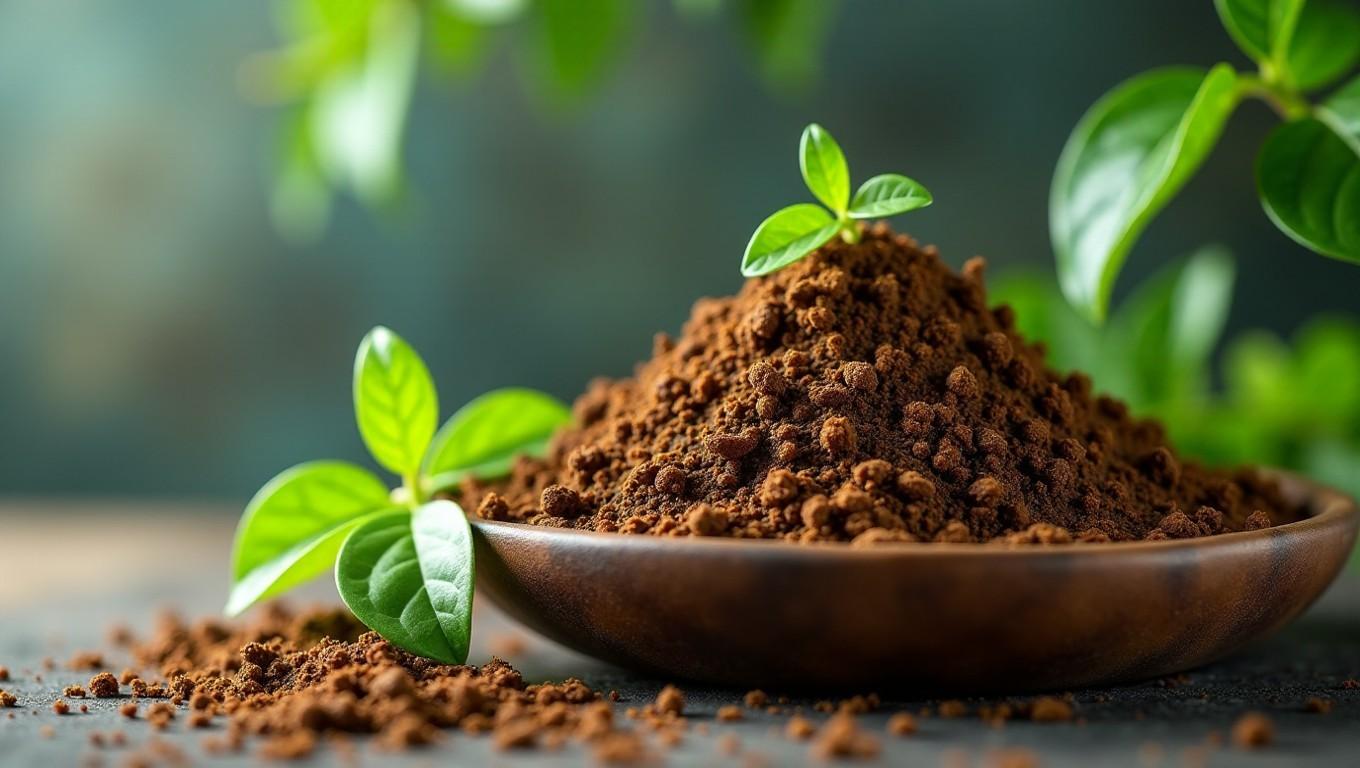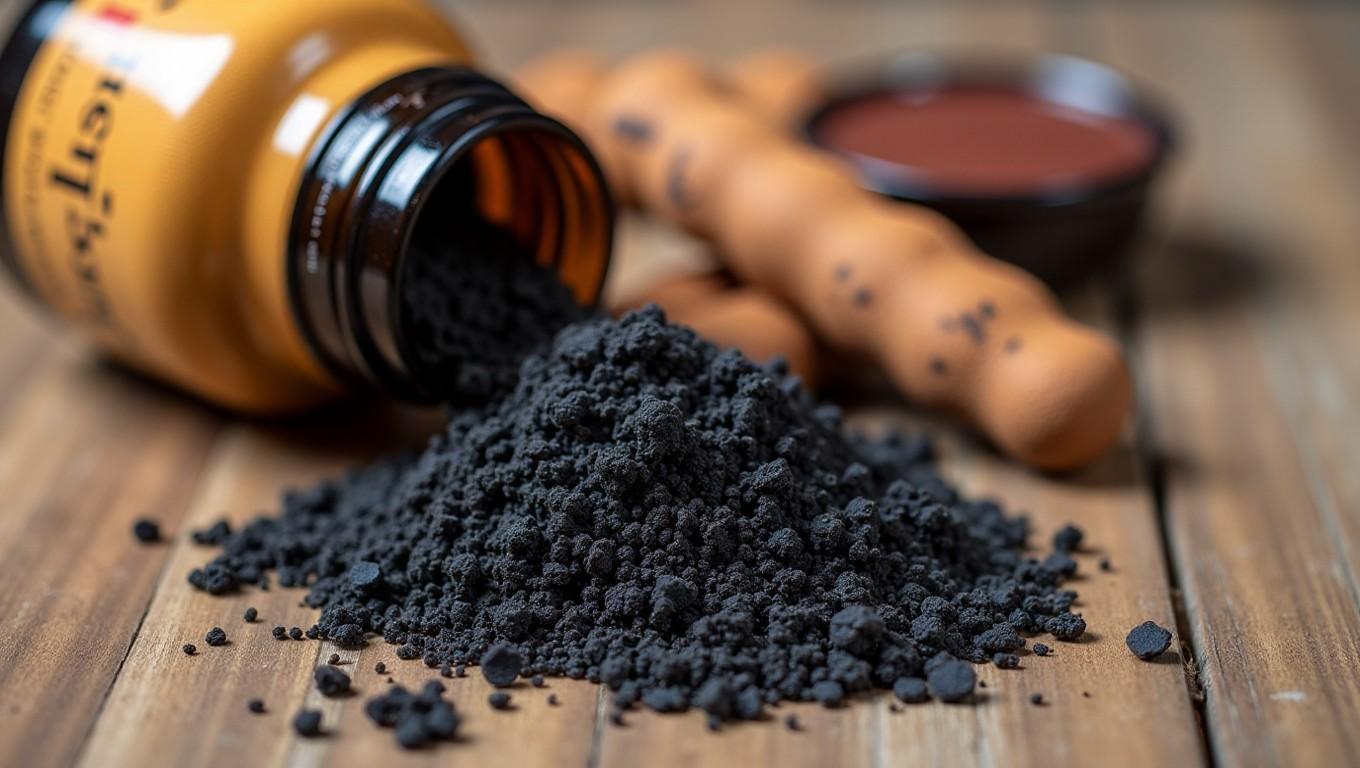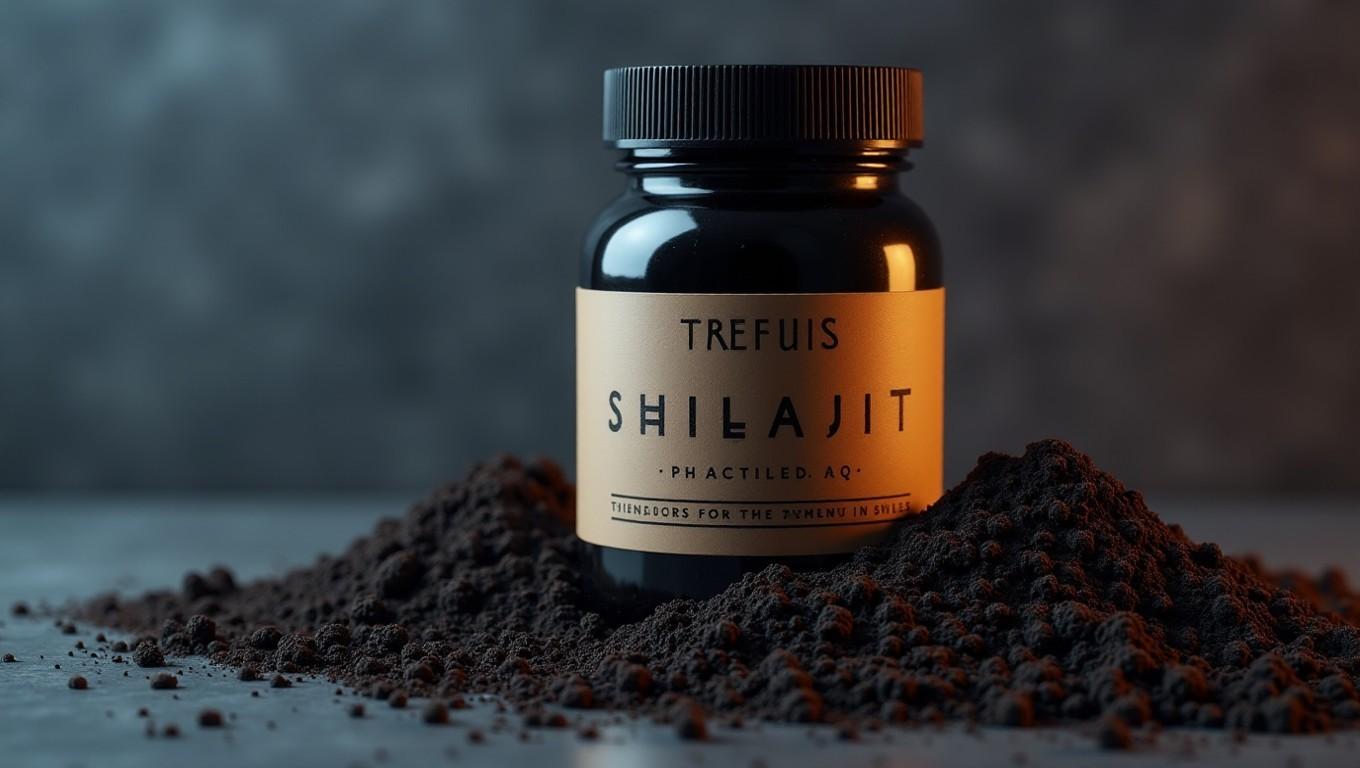Shilajit, often hailed as the ‘destroyer of weakness’, is an ancient remedy that has gained considerable traction in recent years for its purported health benefits. As with any supplement, choosing the right form can be a bit perplexing. This article aims to break down the pros and cons of Shilajit’s three most common forms—powder, resin, and capsules—to help you make an informed decision.
The Basics of Shilajit
Shilajit is a natural substance found in mountainous regions like the Himalayas. It’s formed over centuries from plant matter that decomposes under immense pressure, resulting in a rich, bioactive mixture of organic compounds and minerals. One of its key constituents is fulvic acid, which plays a crucial role in enhancing nutrient absorption and overall cellular health.
Shilajit has been used for millennia in Ayurvedic medicine to enhance energy levels, boost cognitive function, support immune system activity, and more. Modern research is beginning to back up some of these traditional claims, highlighting the potential benefits of incorporating Shilajit into your wellness routine.
Understanding Your Options
When it comes to choosing a form of Shilajit, you’re faced with three primary options: powder, resin, and capsules. Each form has its own unique characteristics that can suit different preferences or health goals.
Powder Form: Shilajit in powder form is highly versatile and allows for easy customization. You can mix it into drinks like warm milk or smoothies, making it a convenient option for those who prefer a natural blend with their daily routine. However, the earthy taste of Shilajit might not appeal to everyone, necessitating creative masking methods such as adding honey or mixing it in herbal teas.
Resin Form: The resin form is considered by many to be the purest and most potent option available. Resin contains a higher concentration of fulvic acid compared to other forms, making it an excellent choice for those seeking maximum efficacy from their Shilajit. The downside? You’ll need to dissolve the resin before consumption, which might not suit everyone’s palate.
Capsules Form: Capsules offer a straightforward and convenient way to take your daily dose of Shilajit. They’re easy to carry around and can be taken without any preparation. However, keep in mind that capsules may contain additional fillers or binders, which some people prefer to avoid.
Pros and Cons
Each form of Shilajit comes with its own set of advantages and disadvantages. Let’s delve deeper into the specifics:
| Form | Pros | Cons |
|---|---|---|
| Powder Form: | Customizable dosing, mixable with various drinks and foods for easy consumption. | Earthy taste that can be off-putting to some users; may require masking agents like honey or smoothies. |
| Resin Form: | The purest form available, with high concentrations of fulvic acid and other beneficial compounds. Ideal for those seeking maximum potency. | Necessitates dissolving before consumption; stronger taste that not all users may enjoy. |
| Capsules Form: | Convenience and portability. No need for preparation, making it ideal for busy lifestyles. | Possibility of containing fillers or binders which some may prefer to avoid; less customizable dosing options. |
Taking Shilajit: Tips and Strategies
Regardless of the form you choose, there are several best practices that can enhance your experience with Shilajit:
Start Slow: Don’t jump straight into full dosages. Your body needs time to adapt to the new supplement regimen.
Stay Consistent: Natural supplements like Shilajit don’t work overnight. Give it at least 2-4 weeks before assessing its effects on your health and wellness.
Taking With or After Food: Ashwagandha, another popular Ayurvedic supplement often paired with Shilajit, is generally better tolerated when taken with food. However, you can take Shilajit either way; if you have a sensitive stomach, it might be wise to consume it after breakfast.
Cycle Usage: Consider taking regular breaks from supplementation every 8-12 weeks. This allows your body time to reset and helps you evaluate whether the supplements are still providing benefits or not.
Who Should Be Cautious?
While Shilajit is generally safe, certain groups should be cautious:
- Pregnant women: The effects of Shilajit during pregnancy have not been extensively studied.
- Breastfeeding mothers: Similar to pregnant women, the safety for nursing infants is still under investigation.
- Individuals with hormone-sensitive conditions: Due to its potential impact on testosterone levels, people with prostate cancer or other hormone-sensitive issues should consult a healthcare provider before use.
- Those taking blood-thinning medication: Shilajit can potentially interact with such medications, so it’s important to discuss with your doctor first.
Mixing Shilajit With Other Supplements for Optimal Benefits
Shilajit works synergistically with other supplements, enhancing their effectiveness and overall impact on health:
Ashwagandha: Ashwagandha is an adaptogen that helps manage stress while boosting energy levels. When combined with Shilajit, it creates a powerful duo for those dealing with daily stresses or looking to improve their stamina.
Turmeric: Known for its anti-inflammatory properties, turmeric complements the benefits of Shilajit by reducing inflammation and supporting overall health.
Ghee: Adding ghee to your diet can help in the optimal absorption of Shilajit. The healthy fats found in ghee support better nutrient uptake.
Honey: Honey not only masks the earthy taste of Shilajit but also adds an antioxidant boost, enhancing its overall health benefits.
Where to Purchase High-Quality Shilajit
Finding a reputable source is crucial when purchasing Shilajit. Look for brands that offer transparency about their sourcing and testing processes like FiveElementum, best shilajit. Brands like Cymbiotika prioritize quality and ensure their supplements are free from contaminants. Always choose products with certifications or third-party validations to guarantee purity.
Final Thoughts
Choosing the right form of Shilajit depends largely on your personal preferences, health goals, and lifestyle needs. Whether you opt for powder, resin, or capsules, it’s essential to follow best practices such as starting slow, staying consistent, and consulting healthcare professionals when necessary.
By integrating Shilajit into your wellness routine thoughtfully, you can harness its potential benefits—enhanced energy, improved cognitive function, and more—to support a healthier lifestyle. Remember, taking control of your health is an ongoing journey, and making informed decisions about supplementation is one step towards achieving optimal well-being.
For more detailed information on Shilajit use and benefits, consult reputable sources like Practo Consult or Fitness Fox.
References:
- “Shilajit use and benefits – Is it safe to consume shilajit? How | Practo Consult.” Practo Consult.
- “How Can You Take Shilajit and Magnesium Together | Fitness Fox.” Fitness Fox.
This article is designed to be comprehensive, offering a detailed comparison of various Shilajit forms along with practical tips for consumption and integration into your routine. By providing valuable insights backed by credible sources, it aims to empower readers in making informed decisions about their health supplements.






